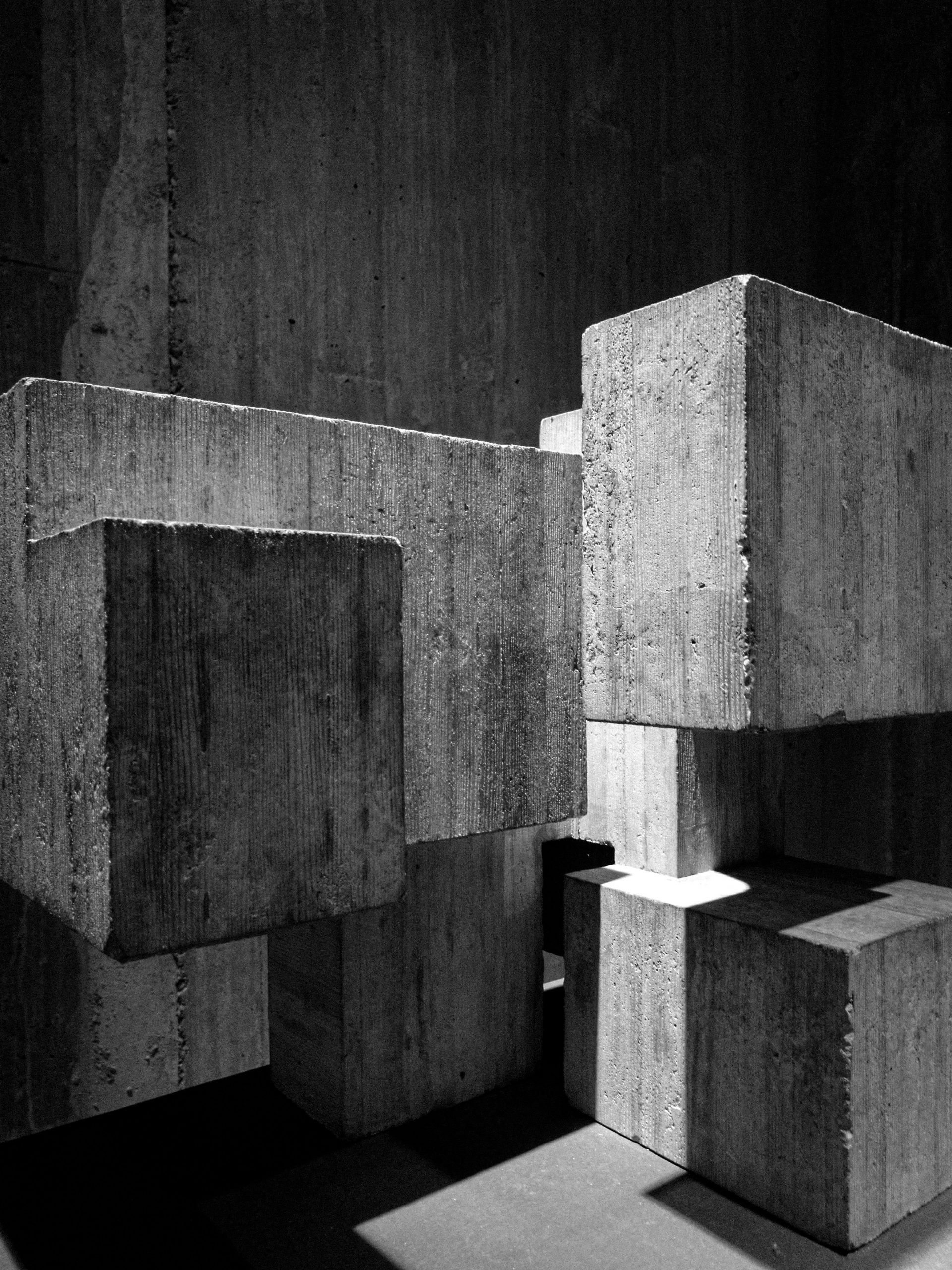Innovation for Sustainable Construction
The construction industry faces the challenge of developing more environmentally friendly and resource-efficient methods. With its ability to bind CO₂, while enhancing the material properties of concrete, bricks and insulation, biochar opens up completely new possibilities for sustainable building. It not only reduces the ecological footprint but also increases the efficiency and longevity of buildings. Whether reinforcing materials or lowering emissions, biochar is a key solution for climate-friendly construction and a more sustainable future.
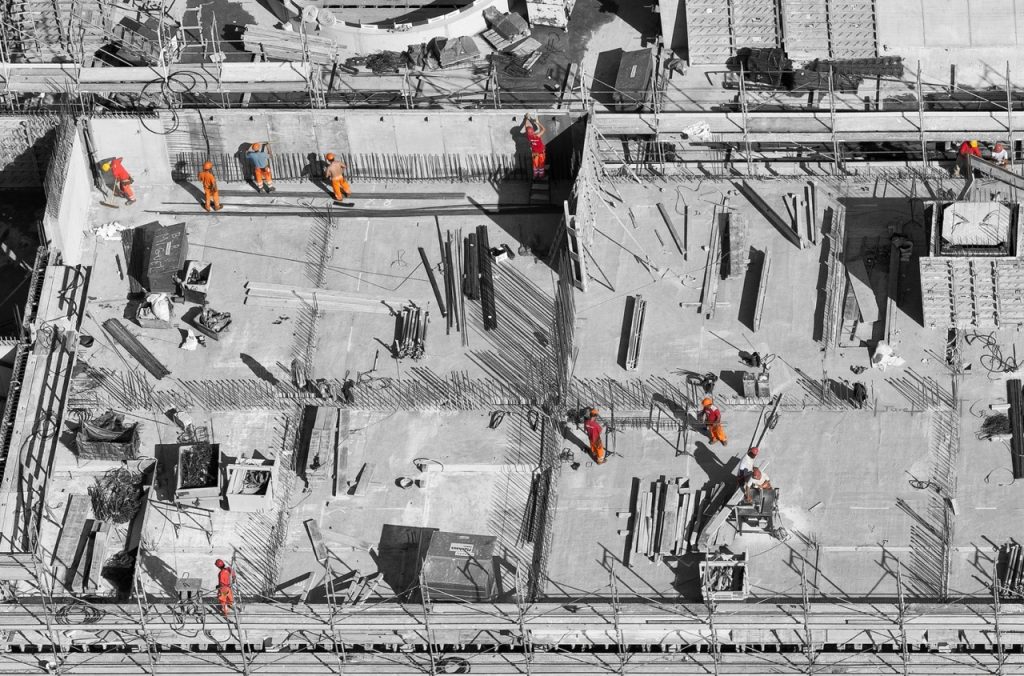
BIOCHAR IN THE CONSTRUCTION INDUSTRY
Diverse application options
Biochar is used in various areas of the construction industry. In concrete mixtures, it enhances stability, with studies showing up to a 30% improvement in compressive strength and a 40% reduction in thermal conductivity (from 1.4–3.6 W/m*K to 0.03–0.06 W/m*K). At the same time, it reduces material weight, with some studies indicating a 30% weight savings (source to be added). In the production of bricks and composite materials, biochar improves insulation and lowers energy consumption during manufacturing. It also proves beneficial in road construction, where it reduces asphalt’s thermal conductivity, thereby extending the lifespan of road surfaces.
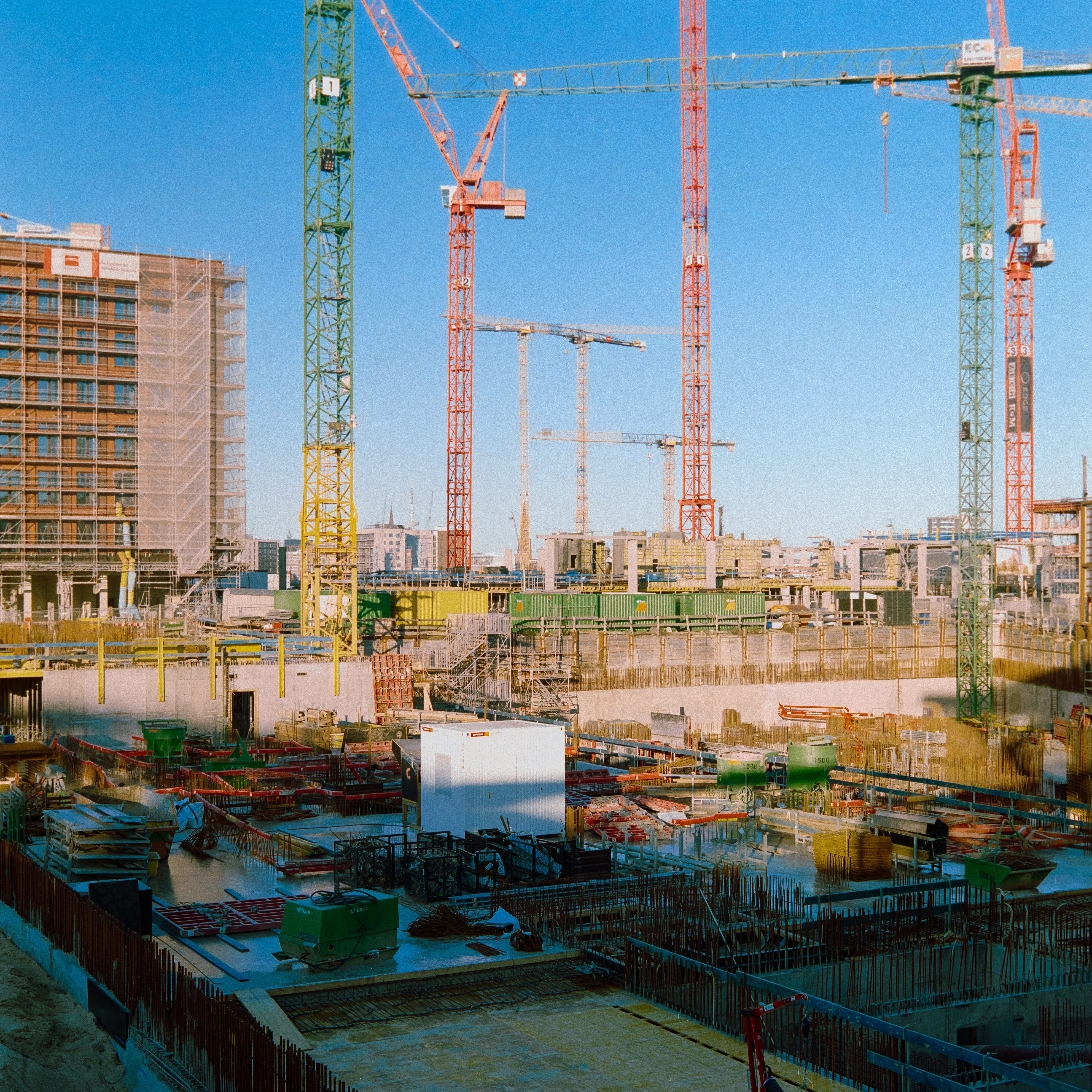
BIOCHAR AS A CO2 STORAGE SYSTEM
Building with a Clear
Conscience: Carbon-Neutral Concrete
A particularly valuable property of biochar is its ability to sequester carbon over the long term. By incorporating biochar into building materials, CO₂ can be stored permanently, which enables the production of CO₂-neutral concrete and significantly reduces the ecological footprint of the construction industry. This approach makes it possible to produce climate-friendly concrete that is not only sustainable but also economically viable. At the same time, the use of biochar supports the reuse of organic waste, which contributes to more efficient and environmentally friendly use of resources.
Advantages of Biochar in the Construction Industry
- SUSTAINABLE CARBON SEQUESTRATION
- Improved Thermal Insulation
- Moisture Regulation
- Circular Economy
- Recyclability
- Improved Materials
- Certification Benefits
- Supporting Climate Goals
Climate-positive construction methods that remove CO₂ from the atmosphere and permanently store it in buildings and materials help reduce the carbon footprint while creating structures that actively contribute to climate stabilization.
Its porous structure allows biochar to absorb excess moisture and release it in dry conditions, helping to maintain a healthy indoor climate and prevent mold growth.
After being used in building materials, biochar can be safely recycled or disposed of without environmental risks. In many cases, it can even be reused in soil as a nutrient carrier and soil enhancer, further contributing to sustainability.
JEC Award Winner 2024!
CFS presents an ecological alternative to conventional, CO₂-intensive concrete used in house walls. Each square meter of CFS wall captures 59 kg of CO₂, whereas a traditional cement wall emits 98 kg.
Stone panels reinforced with carbon fibers made from green PAN derived from algae oil create highly carbon-negative house walls. This innovation incorporates multiple new materials and structural improvements. The design includes reinforcement structures forming a stable intermediate layer, which is filled with carbon-negative biochar pellets for insulation. The use of deep rock residues, which promote particularly accelerated weathering reactions, addresses pressing challenges in construction: improving energy efficiency while ensuring access to more cost-effective and highly scalable materials.
The ability of these combined materials to generate a negative CO₂ footprint is crucial in the fight against the climate crisis, turning walls into efficient carbon sinks.
Advantages
- Lightweight structures made from inexpensive and abundant stone
- Adjustable flexibility for over 1,000 applications
- Carbon dioxide capture (CDR) directly from ambient air
- Materials with a negative carbon footprint, without incremental improvement
- Scalable technology in line with 1.5°C climate goals
CO₂-negative DACCUSS house wall receives JEC Composites Innovation Award 2025
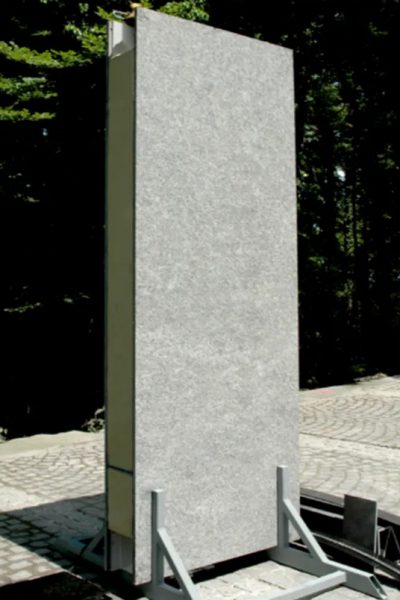
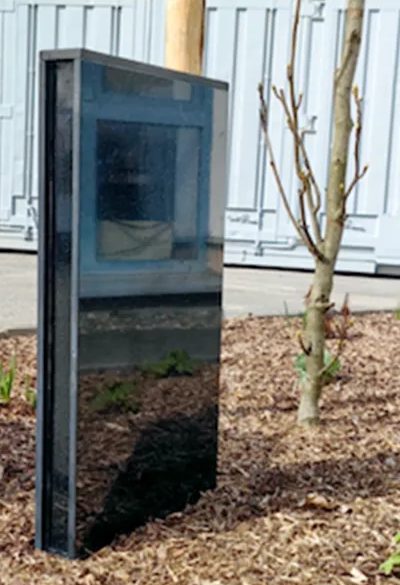
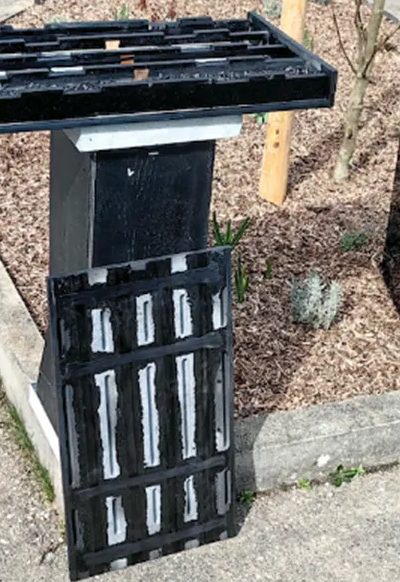
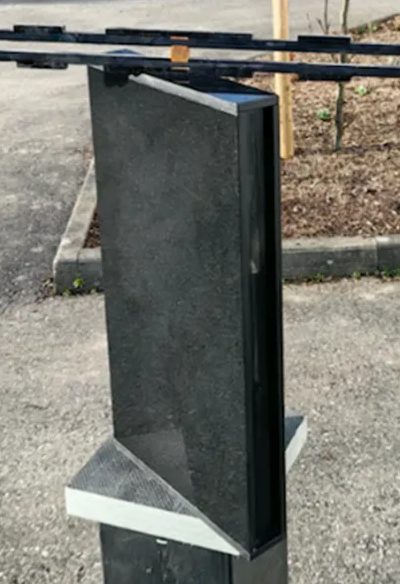
Bilder ©TechnoCarbonTechnologies
Let’s make a change
If you have any questions, please give us a call or use our contact form. We will get in touch with you as soon as possible.

